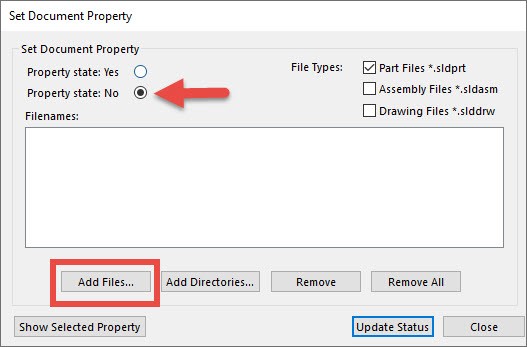

This may cause other products to function incorrectly or not function at all. Warning: This will remove all components regardless of whether other products require them. NET Framework and VC runtimes – are left behind because of their ubiquity, though you can remove those separately from Programs and Features if you really want. Starting with Visual Studio 2013, you can forcibly remove almost all components. Whatever the cause, having components left behind will consume disk space and may cause troubles upgrading to Visual Studio RTM. NET Framework and Visual C runtimes: of the vast number of installers that chain them, too few ref-count them to rely on that feature. Some are just too essential for other products to uninstall like the. If a package fails, uninstall will move on to uninstall the next package. Some package may be left behind because uninstalling packages in Visual Studio (or any WiX bundle, for that matter) is a best-effort attempt. Some are packages that do not participate in package ref-counting – often those that we do not build. Some packages, however, do get left behind. Contrast with older releases where almost everything was left installed because we couldn’t be sure which other products still required them.

last one out the door turns off the light).

Uninstalling Visual Studio and related content should eventually remove those packages (i.e.
#HOW TO REMOVE UNWANTED ELEMENTS FROM SOLIDWORKS TOOLBOX INSTALL#
When you have finished deleting nodes, click mouse button 2 or the cancel button in the prompt area to exit the procedure.When you install Visual Studio and related content like Windows Kits or some add-ons, most packages that comprise those bundles are reference counted to make sure they are not removed prematurely. Repeat the previous steps as often as necessary to delete additional nodes. Abaqus/CAE restores the deleted node or nodes. If you make a mistake while deleting nodes, click Undo in the Edit Mesh dialog box to undo the deletion. If those unselected nodes would be left unassociated with any element after the nodes and associated elements are deleted, click Yes in the prompt area if you want Abaqus/CAE to delete those unselected nodes as well. The elements associated with the selected nodes may also be associated with unselected nodes. When you have finished selecting nodes to delete, click mouse button 2. (Both the nodes that you have selected and any elements associated with those nodes will be deleted.) To revert to the other method, click Select in Viewport or Sets on the right side of the prompt area.Ībaqus/CAE displays the selected nodes and the elements associated with the selected nodes. The default selection method is based on the selection method you most recently employed.


 0 kommentar(er)
0 kommentar(er)
